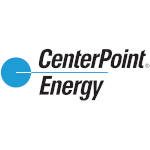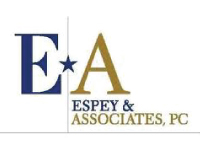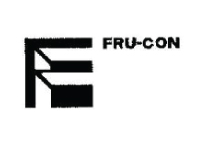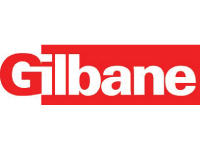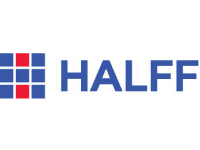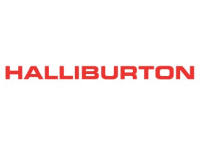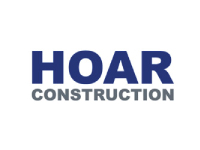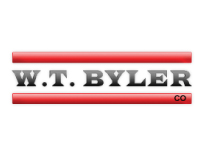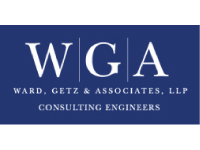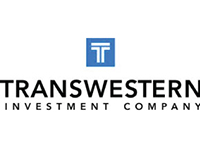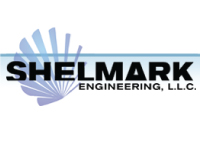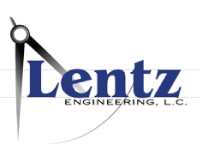3-Alarm Disaster of a Detention Pond Gets Remediated
Fire Department looks to the Construction EcoServices and Jacobs Engineering team to renovate their detention pond and bring it back to fully operational status.
...We have compiled a list of frequently asked questions to help you with your construction project start up compliance requirements.
Compliance enforcement in Texas is managed by the Texas Commission on Environmental Quality (TCEQ) under the Texas General Permit and enforced by local counties and municipalities through the MS4 permitting system. Since 2006, even small municipalities in urbanized areas like the greater Houston area, are charged with enforcing these regulations.
Yes, when an NOI is submitted, the permittee is certifying that a SWPPP is developed and has been implemented prior to construction.
Civil Drawing Set, Geotechnical Report, and a Request for Information (RFI). Signed permitting documents are added to the completed SWPPP narrative once they are filed.
No, the Texas General Permit allows the site Operator to make decisions about what BMPs are actually used and where they are used. Often that means deviating from what was specified on the civil drawings. The Operator’s obligation is to make decisions that produce the desired results, and to document them.
A Primary Operator – entity with day to day operational control over plans and construction; the operator required to ensure compliance with a SWPPP. A Secondary Operator – entity whose operational control is limited to the employment of other operators, or the ability to approve/disapprove changes to plans.
Large Site: Area disturbed > 5 acres – Notice of Intent (NOI) copy, Permit copy, Construction Site Notice (CSN) Note: If the area to be disturbed is less than 5 acres, but part of a larger plan of common development, follow the posting guidelines for a Large Site.
Small Site: Area disturbed <5 acres – Signed Construction Site Notice (CSN). Postings must be on a sign purpose- specific to the SWPPP.
Yes, the Secondary Operator (typically the Owner) is also required to post a signed Construction Site Notice. In cases where the property requires a Stormwater Quality Management Plan, the owner is also required to post their Stormwater Quality Permit.
Remember that only an officer of the company is eligible to sign Permitting Documents (Notice of Intent or Construction Site Notice) – this pertains to both Primary and Secondary Operators.
Documentation Services
Jobsite Services
BMPs
Given the changing nuances of enforcement, the growing tangle of overlapping enforcement agencies and the stiff consequences for non-compliance, our SWPPP services business exists to serve construction activity Operators and Owners in Houston, Dallas, San Antonio, Austin, and Ft Worth, by implementing a set of compliance services that cover all facets of SWPPP compliance.
Learn the top ten most important issues you should be concerned with regarding construction site stormwater discharge regulations on a federal, state and local level.
 In addition:
In addition:
With an understanding of the basics, and attention to detail, this top ten will go a long way towards insuring your project is compliant with stormwater regulations.
Fire Department looks to the Construction EcoServices and Jacobs Engineering team to renovate their detention pond and bring it back to fully operational status.
...The Carrington Place Apartments layout did not offer any possible vacuum truck access to a feature located behind one of the buildings. As manually cleaning the type of SWQM feature would be fairly...
How did PowerBlock serve the function of a detention pond, drainage inlet and a water quality unit on this project?
...It was the flood water forces resulting from Hurricane Harvey that damaged both the hillside and building to the extent that the building needed to be closed.
...Many Low Impact Development Practices were used, including bioretention, bioswales, vegetated structural roadway shoulders, permeable pavers and rainwater harvesting and reuse.
...The LID solution nearly eliminate a detention pond and in the process gained three additional lots, or 15% more homes
...Utilizing a dry swale as the primary conveyance feature, the design team explored the various biofiltration medias available for filtering pollutants.
...The primary feature that makes Bagby Street a Greenroads design is a series of biofiltration planter boxes that line both sides of Bagby street and collect stormwater runoff, storing it and filtering...
If the highest level of compliance while reducing risk and lowering costs is important to you, then let’s work together. Tell us about your upcoming project and what you are looking for.
We focus on our customer’s success by providing the most appropriate, cost-effective, innovative and effective solutions. With our ability to customize and problem solve, we feel our experience and expertise is the fundamental “product” our clients buy.
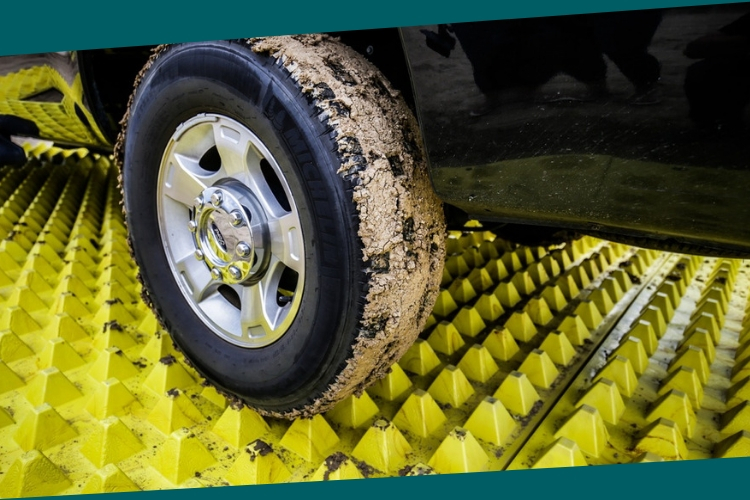
The FODS Trackout Control Mat was created as a simple solution to a common problem – construction companies were spending valuable time and money on ineffective, conventional trackout solutions like aggregate or wheel washes which still resulted in job site fines. Developed by an experienced team of contractors and engineers, the FODS Trackout Control Mats is the only durable, cost-saving, and environmentally friendly trackout solution available.
Established in 2002, we provide our clients a proven, systematic approach and a reliable experienced team that can take all compliance logistical burdens off your shoulders. What could make your life simpler? One call. One point of contact. New project launches simplified. Compliance simplified. Compliance assured.
Other key reasons to choose us:
If achieving the highest level of compliance while reducing risk and lowering costs is important to you, then let’s work together. We provide full turnkey stormwater management consulting and solutions. All field crew are OSHA 30 certified.
Tell us about your project and get a quick quote.
Stormwater management may seem like a relatively new industry, but it has actually been around since the Roman times. They knew, even back then, that managing stormwater runoff was a key issue to urban living. With poor stormwater management, both flooding and disease constantly wreaked havoc in ancient cities.
Not much has changed since then, except now, with more and more of the earth being covered over with cement and other impervious surfaces, the negative effects of poor stormwater management have increased exponentially. Our natural water supplies are at risk due to pollution and their lack of ability to recharge. The flowing of our waterways are at risk from erosion, sediment build up, and trash. And, our marine life is at risk, from all the chemicals finding their way into bodies of water.
Some may see stormwater management as just another unnecessary and unwanted cost to construction projects or property ownership and management. But, understanding the negative effects that poor or no stormwater management is causing should be a concern to us all. It affects where we live and play. It affects our marine-based food supply. It affects our dwindling water supply.
We care. It is why we do what we do.
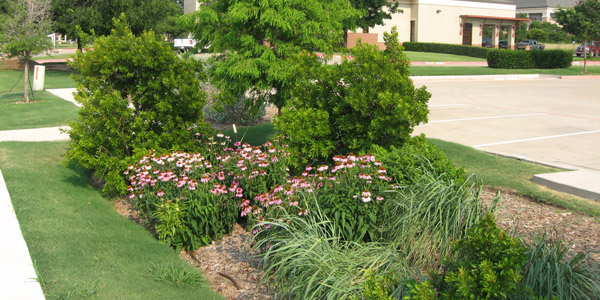
While the rest of the country focused on treating one inch of rainfall, we were pushing the limits and learning how to manage the largest storms by using Low Impact Development (LID) / Green Stormwater Infrastructure (GSI) solutions. We believed that if we could develop LID / GSI solutions in a place like Houston Texas, we could make them work anywhere.
Not only have we succeeded, but we have the the data, the case studies, and the experiences to prove it.
Since 2005, the team at Construction EcoServices and it’s partners around the country have dedicated their work to both the big discoveries and the small, that have drastically improved the performance and reliability of Low Impact Development. Collectively, they have been compiled here on this site, so that you may take advantage of the knowledge that has come from our success and failures.
I believe I started using your firm back in 2004/05, and haven’t ever regretted that decision.
ECO is well organized, detailed-oriented and has remarkable responsiveness when service requests are needed. In all our diversity we depend highly on. ECO to maintain their responsibilities they have become one of our most valuable and dependable assets of our organization for over eight consecutive years.
They are the first call I make when I need cutting edge information on green infrastructure implementation options and resources and they have always been willing and able to help.
WT Byler trusts the knowledge and expertise of Construction EcoServices for Stormwater Compliance on our projects.

